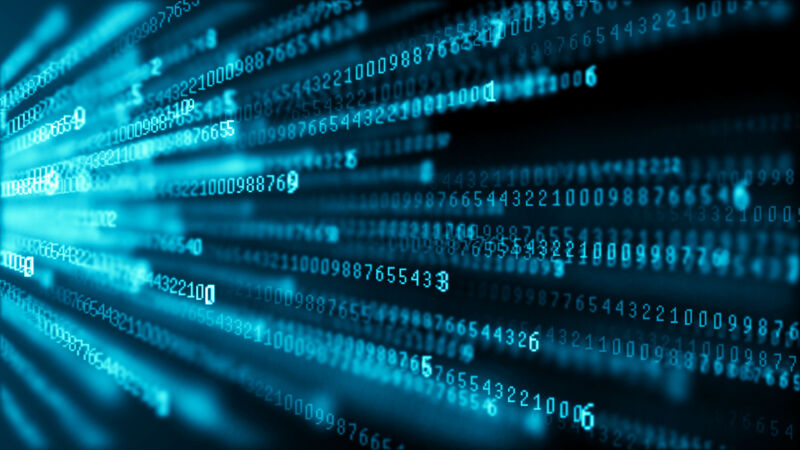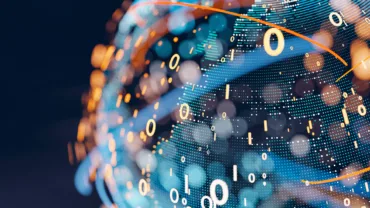Jump to:
| Real-Time Alerting |
| Access Control and Asset Protection |
| Executive Protection and Threat Assessments |
| Incident Investigations and Intelligence |
| Loss Prevention and Organized Retail Crime (ORC) |
| Data-Sharing Consortium |
In the rapidly evolving realm of corporate security, organizations are continuously seeking innovative solutions to safeguard their assets, employees, and customers. One technology that has emerged as an invaluable tool for corporate security departments is License Plate Recognition (LPR) data. LPR systems capture and analyze vehicle license plate information, offering a wealth of data that significantly enhances security measures. LPR is a unique and powerful asset for corporate security professionals across the country, heavily utilized by law enforcement to track down stolen vehicles and prevent crimes. In the corporate world, LPR serves as an extension of standard Closed-Circuit Television (CCTV) surveillance systems, but its true value lies in the analysis of LPR data to identify trends and patterns that prevent fraud, theft, and corporate crime.
Thomson Reuters license plate recognition, for instance, provides corporate crime professionals with access to over 20 billion commercial LPR scans, continuously updated in real-time. This vast amount of data is unparalleled in LPR gathering and intelligence. Users not only have the ability to access and query these LPR scans nationwide but also integrate their own cameras to capture plate scans within their premises. The immense value of ingesting and analyzing corporate-owned LPR data allows security professionals to receive real-time alerts when specific license plates cross their cameras’ paths. This capability is especially powerful for monitoring parking lots and identifying known individuals such as disgruntled employees or those who have been trespassed from the property.
While CCTV cameras are standard practice for companies ensuring the safety and security of their premises, employees, and customers, LPR technology is a cutting-edge extension of CCTV systems. It converts video footage into ingestible data using Optical Character Recognition (OCR) software. This valuable data can be stored, queried, analyzed, and alerted upon in real-time, providing significant power in preventing crimes or stopping fraudsters in their tracks. Preventing a single large-scale retail theft can easily justify the investment in LPR technology. It is no wonder that law enforcement has relied on LPR for many years. Now, let’s delve into the benefits of LPR technology for corporate security professionals, enabling them to mitigate risks and ensure a safer and more secure working environment.
Real-Time Alerting
LPR Systems allow corporate security professionals to monitor their premises effectively for issues related to license plates associated with known “bad actors”, individuals on a trespass list, former employees, known thieves, or vehicles of interest. This capability is paramount in protecting the safety and security of employees, customers, and assets.
Access Control and Asset Protection
Access Control and Asset Protection is a critical aspect of corporate security, and LPR data plays a pivotal role in bolstering these areas. By integrating LPR systems at entry points, corporations can instantly identify and verify vehicles entering their premises. Authorized plates can be pre-registered, allowing swift entry, while unregistered or suspicious plates trigger alerts for further investigation. LPR data provides real-time insights, enabling security personnel to monitor and control access with greater efficiency and accuracy. This is important for securing corporate assets and ensuring employee safety. Additionally, it aids in protecting valuable assets by recognizing and triggering alerts for designated vehicles associated with high-value items.
Executive Protection and Threat Assessments
Corporate security departments regularly evaluate threat assessments targeting the executive team or even the broader employee base. LPR data is paramount in live monitoring and alerting of potential threats aimed at the executive team or company alike. Advanced LPR intelligence tools, such as Thomson Reuters license plate recognition, offer cutting-edge features to determine if a common plate or suspicious vehicle is regularly following a member of the executive team.
Incident Investigations and Intelligence
LPR data provides valuable evidence for investigations and forensic purposes. By capturing license plate information, including timestamps, GPS coordinates, and vehicle descriptions, LPR systems create comprehensive records of vehicles entering and exiting the premises. Additionally, corporate crime professionals can leverage commercial LPR scans, along with their own camera data, to generate a historical context of specific plate scans across the country. This historical data can help identify associations, clusters of scans near specific points of interest, conflicts of interest such as employees/criminals working together, and common plates appearing in conjunction with plates of interest. The forensic capabilities of LPR intelligence tools such as Thomson Reuters license plate recognition is second to none.
Loss Prevention and Organized Retail Crime (ORC)
Loss prevention teams and retailers face an ongoing battle against theft and ORC. LPR technology proves to be a valuable tool, offering critical insights and capabilities to mitigate losses and deter criminals. LPR technology benefits loss prevention and ORC in various way, including identifying and monitoring suspects, real-time alerts, and proactive response, linking criminal networks, gathering evidence for prosecution, and facilitating collaboration and information sharing among retailers and law enforcement agencies.
Data-Sharing Consortium
With LPR intelligence tools such as Thomson Reuters license plate recognition, corporate crime professionals have the ability to share and request the sharing of commercial LPR data with other corporations. Additionally, corporations can choose to share their data with law enforcement, further enhancing the overall safety and security of their locations while collaborating with other security professionals.
In conclusion, when pairing the power of LPR technology with intelligence tools such as Thomson Reuters license plate recognition and Thomson Reuters CLEAR, corporate security professionals can fortify their overall security measures proactively. By harnessing the capabilities of LPR systems, they can enhance access control, detect threats proactively, aid incident investigations, optimize parking management, and improve operational efficiency. The rich insights derived from LPR data empower organizations to effectively mitigate risks, safeguard assets, and provide a safer environment for employees and customers alike.
Thomson Reuters is not a consumer reporting agency and none of its services or the data contained therein constitute a ‘consumer report’ as such term is defined in the Federal Fair Credit Reporting Act (FCRA), 15 U.S.C. sec. 1681 et seq. The data provided to you may not be used as a factor in consumer debt collection decisioning, establishing a consumer’s eligibility for credit, insurance, employment, government benefits, or housing, or for any other purpose authorized under the FCRA. By accessing one of our services, you agree not to use the service or data for any purpose authorized under the FCRA or in relation to taking an adverse action relating to a consumer application.









